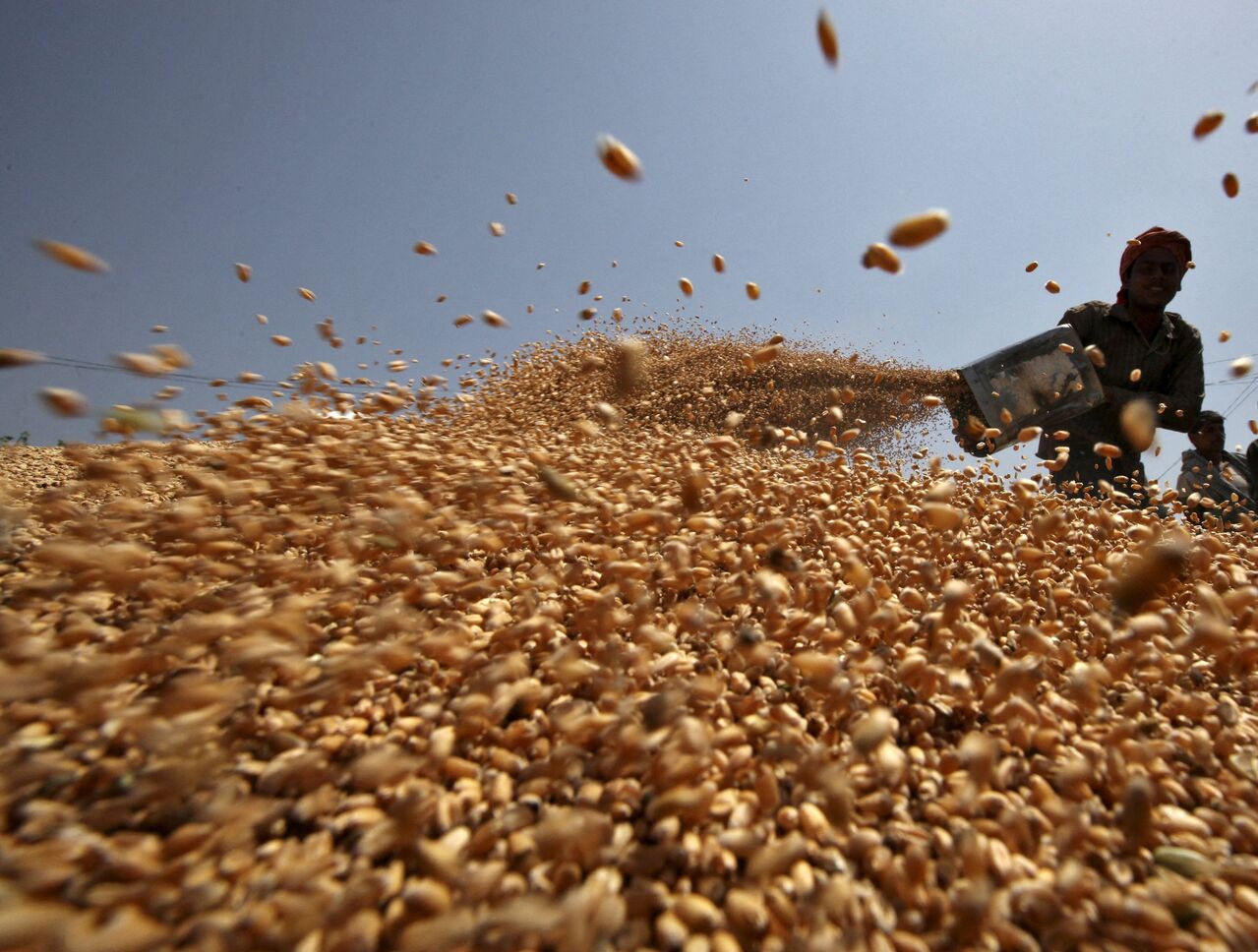India may import wheat in blow to Modi's vision of feeding world
Sign up now: Get insights on Asia's fast-moving developments

The looming shortage and rising prices now have authorities making preparations to buy wheat from overseas.
PHOTO: REUTERS
Follow topic:
NEW DELHI (BLOOMBERG) - Indian Prime Minister Narendra Modi boldly declared that his country was ready to "feed the world" after Russia's invasion of Ukraine. Less than four months later, the government needs to consider grain imports.
Even before Modi made his pledge, a record-breaking heat wave that started in March was threatening Indian wheat output. That cut production and pushed up local prices, making everyday life more expensive for hundreds of millions of Indians that use the grain to make staple foods like naan and chappatis.
Indications that a bumper wheat harvest was not going to eventuate prompted the government to restrict exports in mid-May. State reserves have declined in August to the lowest level for the month in 14 years, according to Food Corp. of India, while consumer wheat inflation is running at close to 12 per cent.
The looming shortage and rising prices now have authorities making preparations to buy from overseas.
Government officials are discussing whether to cut or abolish a 40 per cent import tax on wheat to help flour millers in some regions to import grain, people familiar with the matter said, asking not to be identified as the talks are private. This was first reported by Reuters. The finance ministry did not respond to an email seeking comment. A spokesman for the food and commerce ministries declined to comment.
"Given a lot of the war risk premium has come off from global wheat prices, India can look at augmenting its domestic wheat supply via more imports," said Sonal Varma, an economist at Nomura Holdings Inc. "However, since domestic wholesale wheat prices are lower than global prices, a reduction in import duties will also be essential to make it a viable option."
Wheat spiked to near US$14 (S$19.50) a bushel in Chicago in early March as the war in Europe threatened a major source of global exports. Prices have now given up all of those gains as supply fears ease. They are back below US$8, alleviating some of the pressure on developing economies struggling to feed their people.
Despite being the world's second-biggest wheat grower, India has never been a major exporter. It also never imported much, with overseas purchases at about 0.02 per cent of production annually. The country was pretty much self-sufficient.
Authorities now expect the 2021-22 harvest to come in at around 107 million tonnes, down from a February estimate of 111 million. That may still be too optimistic as traders and flour millers forecast 98 million to 102 million tonnes.
Government purchases of wheat for the country's food aid programme, the world's largest, are expected to be less than half of levels last year, according to the food ministry. That prompted authorities to distribute more rice in some states, and also to restrict exports of wheat flour and other products.
Consumer wheat inflation has held above 9 per cent year-on-year since April and surged to 11.7 per cent in July. Wholesale prices were up even more, by 13.6 per cent in July, official data show.
That is creating a headache for the central bank, which is trying to bring overall inflation, currently near 7 per cent, back under its 6 per cent target.
Wheat is India's biggest winter crop, with planting happening in October and November and harvesting in March and April. There are also concerns about its rice production, which could be the next challenge for global food supply.
"Cereal inflation is a concern on the back of lower paddy sowing," said Sameer Narang, an economist at ICICI Bank in Mumbai. The rising cereal prices are likely to continue for a while, he said.

